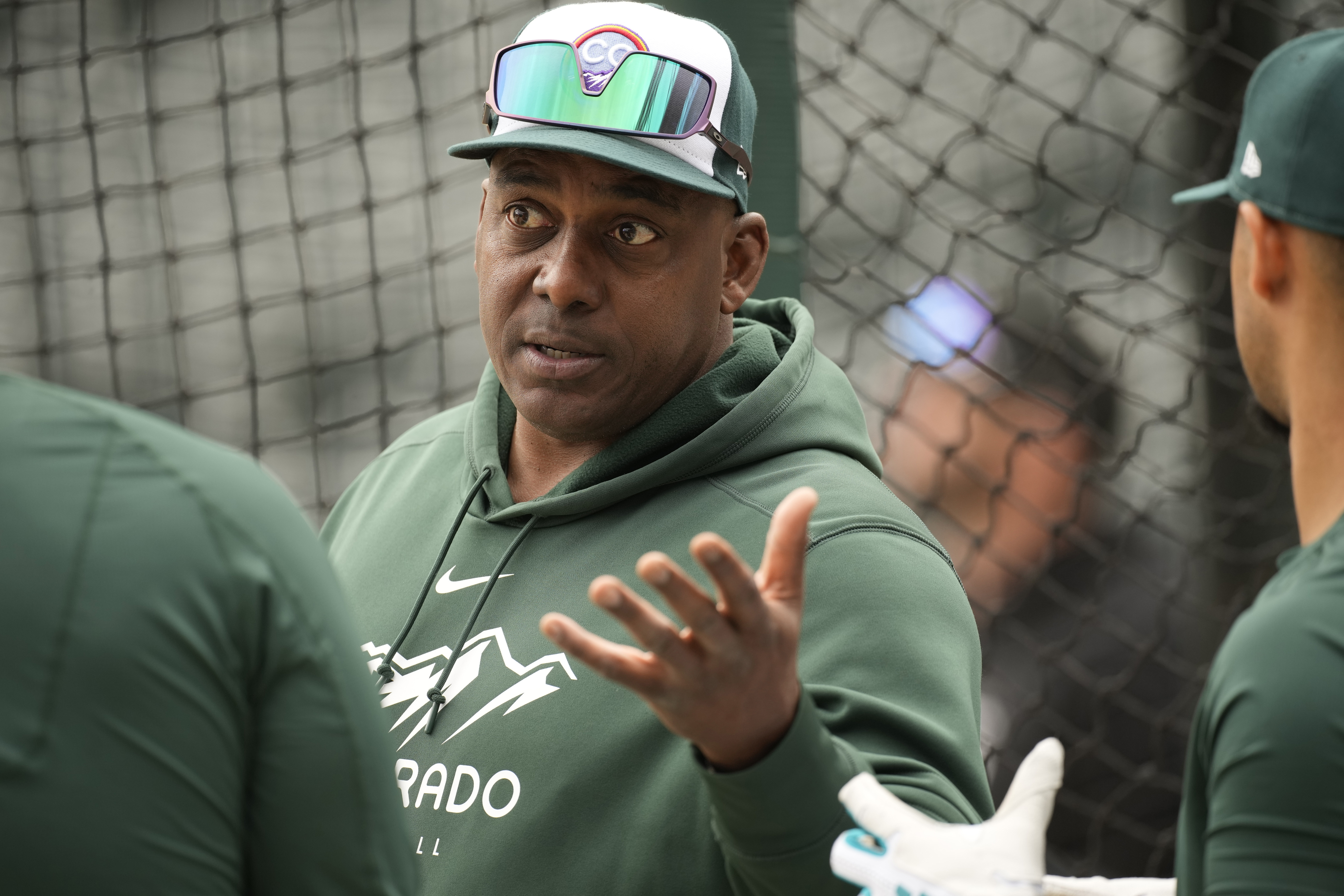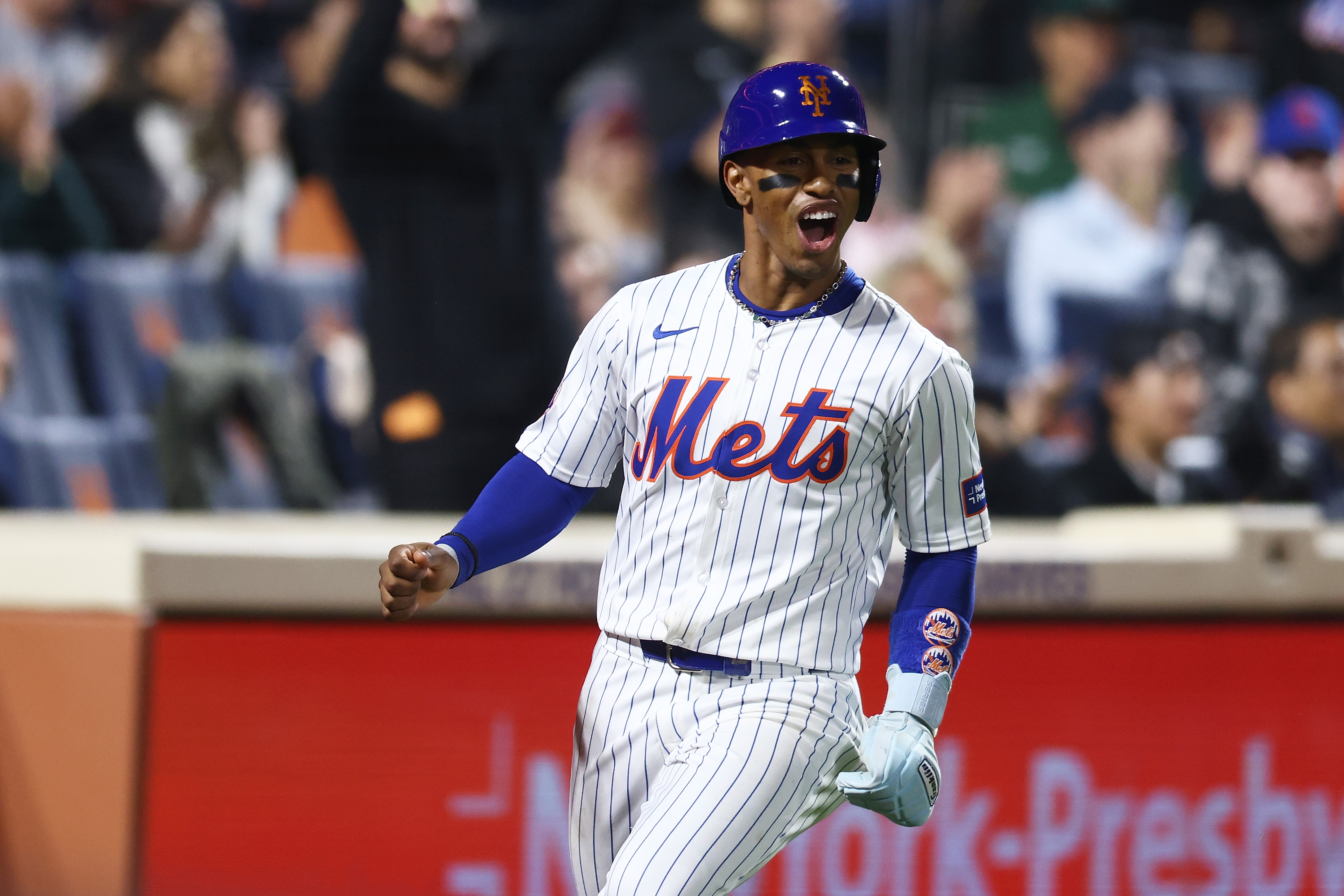It is a narrative that has been a constant one for the Chicago Blackhawks all season long. The “best-to-worst” storyline surrounding the team’s abysmal penalty killing unit has been hammered home by just about every writer and pundit worth their salt in the city, and numerous columns have been written dissecting what is going wrong with it.
On Tuesday night, things appeared that they were off to another rollicking start when the Hawks surrendered a power play goal at their first opportunity. After Brent Seabrook’s impatient clearing attempt ended up being gloved down by Shea Weber, the Predators’ power play unit cycled the puck around the zone and peppered Antti Raanta with shots, until finally Weber got the puck in the slot and fired home a shot to tie the game up at 1-1.
After that though, the Blackhawks showed some great signs of coming around through the remainder of the game. On their second penalty kill, it was Niklas Hjalmarsson who was the star, making a patient steal and clear early on and then made another great play in reading a pass along the boards. After that, he managed to find an open spot to pass the puck up to Michal Handzus, and he finished off the clear and the remainder of the power play.
Handzus had another really good play on the Predators’ next power play chance. He and Marcus Kruger did a nice job of getting pressure on the Predators’ at the blue line, and when Handzus stepped back into the slot, he was able to anticipate a pass across the middle, intercept it, and fired it out of the zone to end the threat.
The Hawks’ best moment in the game was on a lengthy penalty kill caused by a Patrick Sharp high-sticking double minor. In three-plus minutes a man short, the Hawks only allowed one good chance by the Predators, and Raanta made an easy stop on that play. Kruger got things going when he blocked a shot near the face-off dot, then chased down the puck all the way to the blue line and pushed it out of the zone. He followed it all the way past the red line, and allowed his teammates to get a line change.
Marian Hossa got in on the act on the next sequence, as he intercepted a pass to the blue line and pushed it out of the zone. If it hadn’t been for a nice pick set by a Predators’ defenseman, Hossa would have had a clean breakaway, but even still, he managed to get the puck all the way down ice and fire off a nice shot at Carter Hutton.
Kruger took his turn playing keep-away from the Predators with about a minute left in the kill, and by circling the zone and then getting the puck back out to Duncan Keith, he was able to kill off about 20 seconds. Brandon Saad did the same thing after the Predators coughed up the puck again thanks to the aggressive forechecking of the Hawks’ forwards, and he was able to kill off 15 more seconds of time.
Sports
Penalty kills obviously won’t always go that smoothly, but there was plenty that the Blackhawks can learn from that successful endeavor. For starters, their forwards are always at their best when they are playing on their toes, anticipating passes (Handzus) or putting pressure on puck carriers by using their speed and quick poke checks (Saad, Hossa).
In addition, they absolutely have to make more patient clearing attempts. When Seabrook tried clearing the puck in the first period, he had more time than perhaps he realized, and if he had looked up the boards, he would have seen that he had a lot of clear blue line to shoot across. Instead, he rushed the clear, and put it right up the middle of the ice, where Weber was waiting.
By contrast, Hjalmarsson’s clear was much smarter. Despite being under some duress by the Predators on the backcheck, Hjalmarsson was still able to find an open seam, and he fired the puck right through it to end a Predators possession.
It’s that kind of mix of intelligence and aggression that was a hallmark of the Hawks’ power play all of last year, and if they can carry those types of lessons forward, then we could see some rapid improvements in one of the Blackhawks’ weakest areas.



